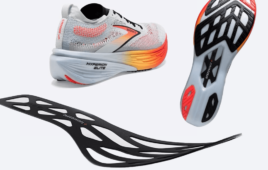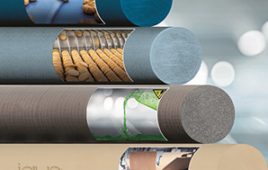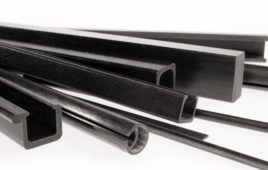When scientists cooled their scanning tunnelling microscope to temperatures approaching absolute zero, they discovered electrons moving at a snail’s pace. Electric current failed to flow. Instead, it trickled.
At these extreme temperatures, scientists found, electrons reveal their quantum state. A quantum state is the understanding of a single entity within an isolated quantum system. In this instance, it is the understanding or approximation of an individual electron.
A scanning tunnelling microscope works by allowing a narrow electric current to flow across its tip onto the surface under examination. Perturbations in the flow allow scientists to glean information about the atomic structures found on the surface of the studied object or material.
But even at extremely low temperatures, the flow is still too fast to observe the movement of individual electrons. That is until the temperature approaches fifteen thousandth of a degree above absolute zero, or negative 273.135 degrees Celsius. At that point, electrons begin to trickle one by one like grains of sand falling through an hourglass.
The phenomenon yields new anomalies in the electric feedback recorded by the microscope — new structures.
“We could explain these new structures only by assuming that the tunnelling current is a granular medium and no longer homogeneous,” Christian Ast, a scientist at the Max Planck Institute for Solid State Research, said in a news release.
Researchers described their quantum experiments in a new paper, published this week in the journal Nature Communications. Their findings confirm theoretical hypothesis offered by scientist some two decades ago.
“The theory on which this is based was developed back at the beginning of the 1990s,” said study co-author Joachim Ankerhold, a researcher from the University of Ulm. “Now that conceptual and practical issues relating to its application to scanning tunnelling microscopes have been solved, it is nice to see how consistently theory and experiment fit together.”
It’s not the first time electrons have revealed their quantum nature, but it is the first time a scanning tunneling microscope has been shown to have reached its quantum limit. Researchers are hopeful their findings will lead to new and unexpected quantum insights.
“These extremely low temperatures open up an unexpected richness of detail which allows us to understand superconductivity and light-matter interactions much better,” concluded Ast.
Filed Under: Materials • advanced




